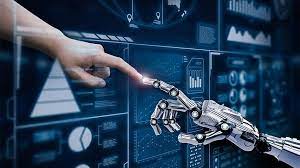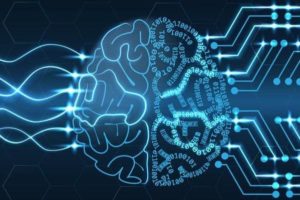
Nowadays, some organisations look at applying AI in order to solve problems by applying it onto existing processes to automate them or add insights. Other organisations undertake a total makeover of their business overhauling the entire organisation with AI. However, neither of these two options can deliver speed of change as well as level of change companies need in order to develop.
Organisations need to identify business domains which are broad enough and as a result AI will improve their financial performance as well as customer and employee experiences. The areas should be identified along with some characteristics :
- Areas which will create solutions to systemic business problems (e.g. chronic process inefficiency and difficulties getting services and goods to customers) needs to be addressed together.
- Areas with sponsors and teams. Reinvention with AI needs a supportive business leader (or maybe even multiple leaders) and a team which will take roles such as product owner, translator and change lead. AI practitioners should also be included in the area.
- Area with AI assets and reusable data since it is of significant importance to have domains in which the data needed to run the AI models overlap. Consequently, every new AI project with such a domain can be built based on previous projects instead of starting from zero.
In the majority of cases, leaders are able to identify from eight to ten domains in order for AI to completely transform their business. Nevertheless, organisations are usually succeeding when they pay attention to one or two main domains to start. These domains are based on value and leadership support so that they can build up their capabilities and skills before moving on.
Most leaders can likely identify around eight to ten domains where AI can transform their business. However, we find that companies are most successful when they focus on one or two priority domains to start—based on value, feasibility, and leadership support—so they build up their capabilities and skills before expanding further.
Source: https://www.mckinsey.com/featured-insights/artificial-intelligence#











